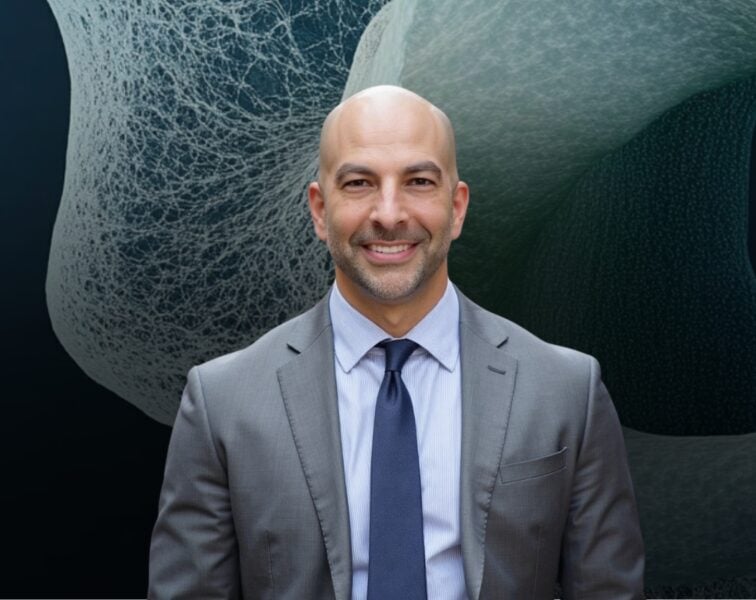Check out our 5-part series with Thomas Dayspring, M.D., FACP, FNLA, a world-renowned expert in lipidology:
- (October 15, 2018) Part I of V: An introduction to lipidology
- (October 16, 2018) Part II of V: Lipid metrics, lipid measurements, and cholesterol regulation
- (October 17, 2018) Part III of V: HDL, reverse cholesterol transport, CETP inhibitors, and apolipoproteins
- (October 18, 2018) Part IV of V: statins, ezetimibe, PCSK9 inhibitors, niacin, cholesterol and the brain
- (October 19, 2018) Part V of V: Lp(a), inflammation, oxLDL, remnants, and more
- (September 21, 2020) FOLLOW-UP: The latest insights into cardiovascular disease and lipidology
In this five-part series, Thomas Dayspring, M.D., FACP, FNLA, a world-renowned expert in lipidology, and one of Peter’s most important clinical mentors, shares his wealth of knowledge on the subject of lipids. In Part IV, Peter and Tom review the history and current use of drugs to prevent cardiovascular disease. They also discuss why some drugs appear to be more effective than others, an in-depth conversation about niacin, cholesterol and brain health, and the futility of using CKs (creatinine kinase) and liver function tests to identify adverse effects in statins, to name a few topics in this episode.
Subscribe on: APPLE PODCASTS | RSS | GOOGLE | OVERCAST | STITCHER
We discuss:
- Bile acid sequestrants and statins [2:00];
- Ezetimibe (Zetia) [15:00];
- PCSK9 inhibitors [27:30];
- Fibrates [41:00];
- Fish oil, DHA, and EPA [1:01:00];
- Niacin [1:05:15];
- PCSK9 inhibitors [1:23:45];
- Cholesterol, statins, and the brain [1:30:00];
- Elevated creatine kinase (CK) and liver function tests (LFTs) on statins [1:50:30]; and
- More.
Get Peter’s expertise in your inbox 100% free.
Sign up to receive An Introductory Guide to Longevity by Peter Attia, weekly longevity-focused articles, and new podcast announcements.
Would you like access to extensive show notes and references for this podcast (and more)?
Check out this post to see an example of what the substantial show notes look like. Become a member today to get access.

Thomas Dayspring, M.D., FACP, FNLA
Thomas Dayspring, MD, FACP, FNLA is the chief academic officer for True Health Diagnostics, LLC. He provides scientific leadership and direction for the company’s comprehensive educational programs. Dr. Dayspring is a fellow of both the American College of Physicians and the National Lipid Association. He is certified in internal medicine and clinical lipidology.
Before relocating to Virginia in 2012, Dr. Dayspring practiced medicine in New Jersey for 37 years. Over the last two decades, he has given over 4,000 domestic and international lectures, including over 600 CME programs on topics such as atherothrombosis, lipoprotein and vascular biology, biomarker testing, and women’s cardiovascular issues.
Dr Dayspring is an Associate Editor of the Journal of Clinical Lipidology. He has authored or co-authored numerous manuscripts published across leading journals such as the American Journal of Cardiology, the Journal of Clinical Lipidology, and several lipid-related book chapters. He was the recipient of the 2011 National Lipid Association President’s Award for services to clinical lipidology. [truehealthdiag.com]
Disclosures:
- Employed full time for last three years by True Health Diagnostics, LLC, which provides biomarker diagnostics and clinical services to clinicians, patients, and healthcare organizations
- 2017: small consulting project for Abbvie
Tom on Twitter: @DrLipid



